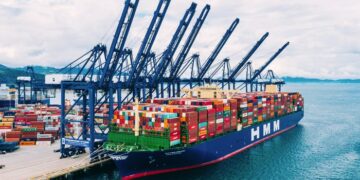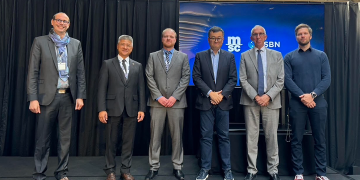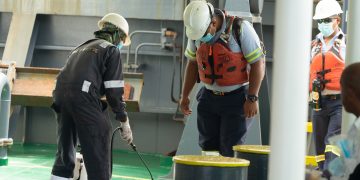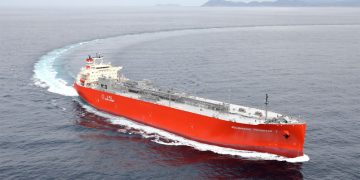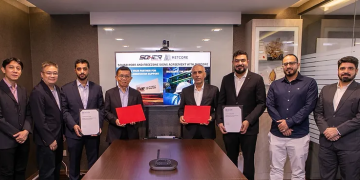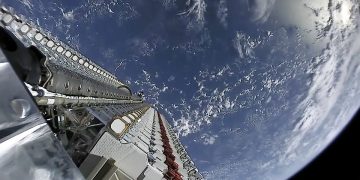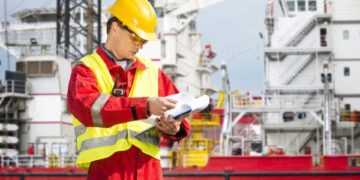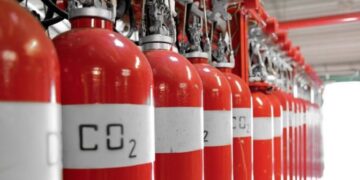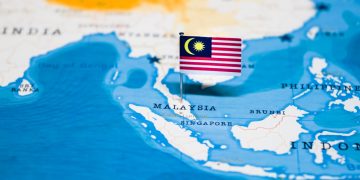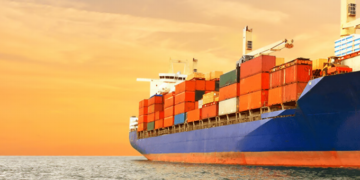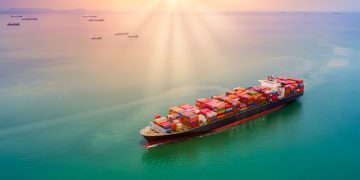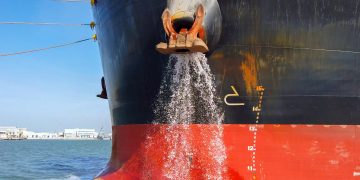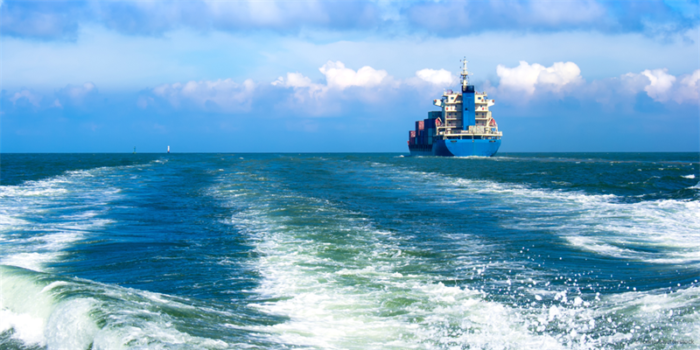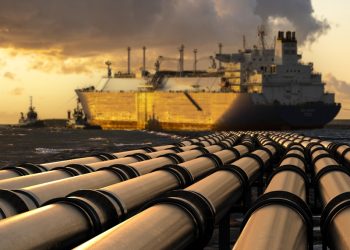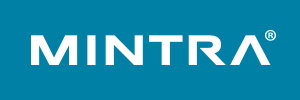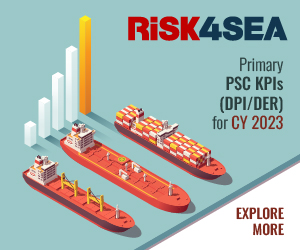NAPA has shared the preliminary results of its new research that explores the potential effect of EEXI on the transportation capacity, total emissions and carbon intensity of the global bulker fleet.
EEXI measures and restricts CO2 emissions per transport work, purely considering the ship’s design parameters. One of the most common means of complying with EEXI is likely to be through limiting engine power.
The NAPA study maps EEXI requirements and engine power limitation onto real-life operations, including detailed weather data and records of real routes and speed profiles cross-referenced with the NAPA ship model database, which includes vessel-specific performance models for the global fleet.
More specifially, the study used real voyage data from 1500 bulkers over 12 months in 2019, and analyzed how much the maximum engine power limitation would have impacted these operations.

The data shows that the engine power limitations required by vessels to comply with EEXI would only have come into effect at high-speed peaks. Therefore, for most of the year, if EEXI had been in effect, vessel operations would have remained largely similar.
In addition, the speed reductions required by EEXI would have reduced the transportation capacity by an average of 2% for bulkers.
However, the impact on transportation capacity was strongly dependent on the year in which the vessel was built, ranging from under 2% for newer vessels and up to 6% for vessels built in 2012. This indicates that EEDI, which came into force more recently, helped align vessels towards the current standard
said NAPA, also adding that the implementation of EEXI would reduce CO2 emissions by an estimated 6.6% and carbon intensity by 4.6% on bulk carriers.
While this is a good start, it shows the gap between what EEXI can achieve and how much more ground there is to make up. It shows why, at MEPC 77, to truly match the level of ambition that has come out of COP26, the IMO member states will need to prioritize efficiency
Teemu Manderbacka, Lead R&D Engineer at NAPA, said. Mr. Manderbacka also mentioned that it EEXI can reduce carbon intensity, while the “carbon savings outweigh the reductions in lost transport capacity.”
The tools that we used to analyze the problem can also help us solve it, as they would enable vessels to operate more efficiently and provide all stakeholders with greater insight into misaligned incentives and practices, such as rushing to wait. It underlines how there remains a huge amount of latent inefficiency in shipping that we can resolve simply by using data to shape our operations better
Ossi Mettälä, Senior Customer Success Manager at NAPA, concluded.






